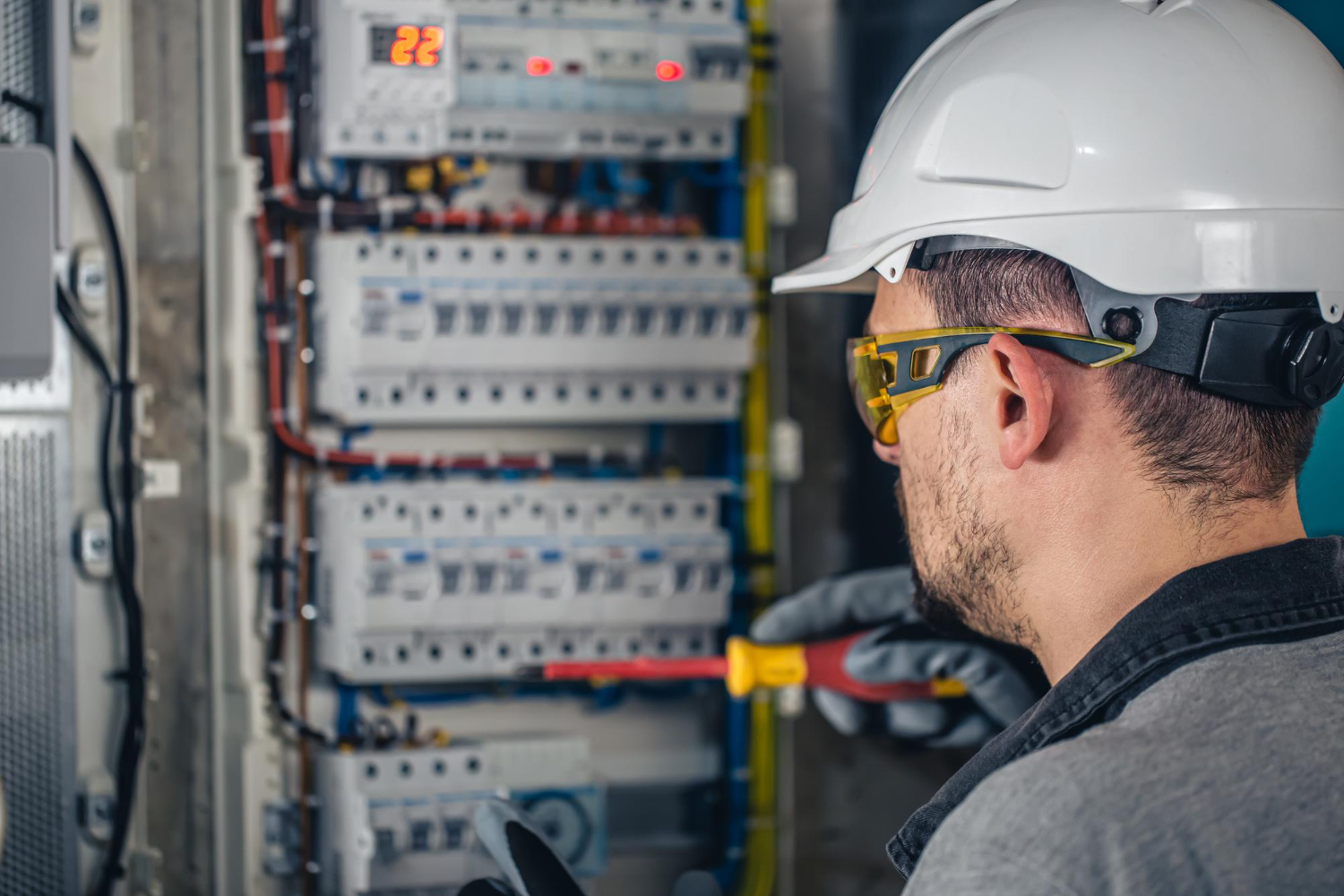What Does Roar Solutions Mean?
What Does Roar Solutions Mean?
Blog Article
Not known Facts About Roar Solutions
Table of ContentsRumored Buzz on Roar SolutionsThe smart Trick of Roar Solutions That Nobody is Talking AboutThe smart Trick of Roar Solutions That Nobody is Discussing
In such an ambience a fire or explosion is feasible when three basic conditions are fulfilled. This is often described as the "unsafe area" or "burning" triangle. In order to safeguard setups from a potential surge an approach of analysing and identifying a potentially hazardous area is required. The objective of this is to make sure the proper selection and setup of devices to eventually avoid a surge and to guarantee safety and security of life.
(https://experiment.com/users/roarsolutions)
No devices must be mounted where the surface temperature level of the equipment is higher than the ignition temperature of the given threat. Below are some usual dirt unsafe and their minimum ignition temperature level. Coal Dust 380C 225C Polythene 420C (melts) Methyl Cellulose 420C 320C Starch 460C 435C Flour 490C 340C Sugar 490C 460C Grain Dust 510C 300C Phenolic Resin 530C > 450C Aluminium 590C > 450C PVC 700C > 450C Residue 810C 570C The probability of the threat existing in a concentration high enough to cause an ignition will vary from place to place.
In order to identify this risk an installation is separated right into locations of risk relying on the quantity of time the unsafe is present. These locations are described as Areas. For gases and vapours and dirts and fibres there are three areas. Zone 0 Area 20 A harmful ambience is extremely most likely to be present and may be existing for long periods of time (> 1000 hours per year) or even continually Area 1 Zone 21 A harmful environment is possible however unlikely to be present for extended periods of time (> 10 450 C [842 F] A category of T6 means the minimum ignition temperature is > 85 C [185 F] Unsafe area electrical devices perhaps designed for usage in greater ambient temperature levels. This would indicated on the score plate e.g. EExe II C T3 Ta + 60C( This suggests at 60C ambient T3 will not be surpassed) T1 T1, T2, T3, T4, T5, T6 T2 T2, T3, T4, T5, T6 T3 T3, T4, T5, T6 T4 T4, T5, T6 T5 T5, T6 T6 T6 A T Class score of T1 indicates the optimum surface area temperature level created by the tool at 40 C is 450 C. Presuming the connected T Class and Temperature level ranking for the equipment are proper for the area, you can always use an instrument with a more stringent Department rating than needed for the location. There isn't a clear solution to this inquiry. It actually does depend upon the sort of tools and what fixings need to be performed. Equipment with particular test procedures that can not be done in the area in order to achieve/maintain 3rd party rating. Have to come back to the manufacturing facility if it is prior to the tools's service. Area Repair By Authorised Personnel: Complex screening may not be called for however details treatments may require to be complied with in order for the devices to maintain its 3rd party score. Authorised personnel need to be employed to carry out the job correctly Fixing must be a like for like replacement. New element have to be thought about as a direct substitute needing no special testing of the devices after the repair is full. Each item of devices with an unsafe score need to be examined separately. These are outlined at a high level listed below, but also for even more comprehensive details, please refer directly to the standards.
Fascination About Roar Solutions
The tools register is a thorough data source of equipment documents that consists of a minimum collection of fields to identify each item's area, technological criteria, Ex lover category, age, and environmental information. The proportion of Detailed to Shut assessments will be identified by the Equipment Risk, which is analyzed based on ignition risk (the likelihood of a resource of ignition versus the probability of a combustible atmosphere )and the unsafe area category
( Zone 0, 1, or 2). Implementing a robust Risk-Based Inspection( RBI )approach is crucial for making certain conformity and safety in handling Electric Equipment in Hazardous Areas( EEHA).
The smart Trick of Roar Solutions That Nobody is Talking About

In terms of eruptive danger, an unsafe area is a setting in which an eruptive environment exists (or might be anticipated to be present) in amounts that need special preventative measures for the try this out building and construction, installment and use equipment. high voltage courses. In this short article we explore the difficulties dealt with in the work environment, the risk control measures, and the needed expertises to function safely
These substances can, in particular conditions, form explosive atmospheres and these can have major and unfortunate effects. Many of us are acquainted with the fire triangle get rid of any type of one of the 3 elements and the fire can not take place, yet what does this mean in the context of unsafe areas?
In many instances, we can do little about the levels of oxygen in the air, but we can have significant impact on sources of ignition, as an example electrical equipment. Dangerous areas are documented on the hazardous location classification illustration and are identified on-site by the triangular "EX LOVER" sign. Below, amongst various other vital details, zones are split into three kinds relying on the threat, the likelihood and period that an explosive ambience will certainly exist; Zone 0 or 20 is deemed the most hazardous and Area 2 or 22 is considered the least.
Report this page